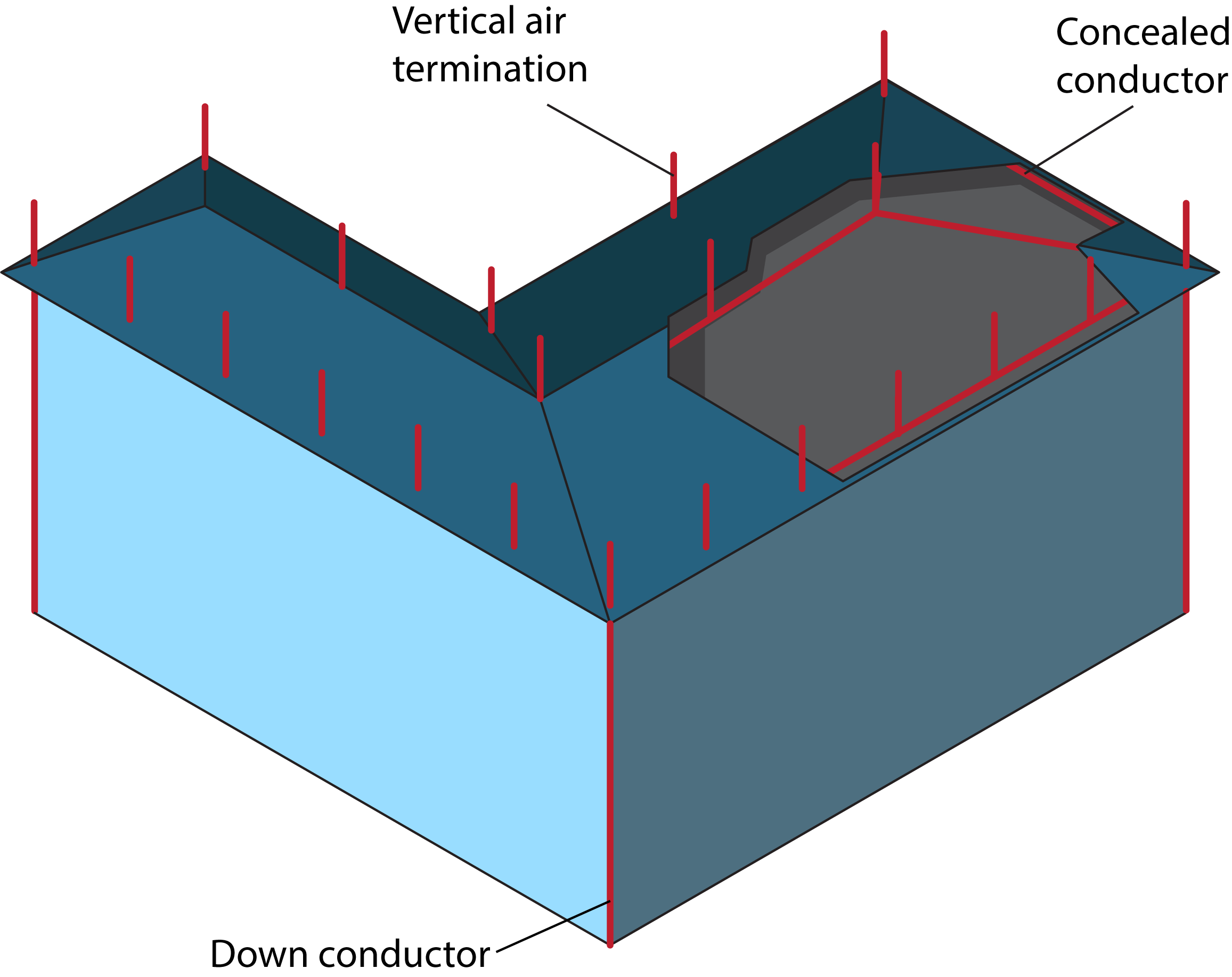
Lightning Protection Systems
Design
Properly designed lightning protection system offers lightning strikes a low resistance path to ground where the enormous energy is then safely dispersed. Protecting structures & buildings against the direct and indirect lightning strikes is important for the safety of people and equipment inside the buildings. Various levels of protections are considered in the design depending upon the criticality of the installation and a number of other parameters relating to the phenomena of lightning. A typical lightning protection system includes aerial conductors (air terminals) atop the buildings, down conductors to carry lightning currents and an efficient earthing system below the ground.
Experts at SPC have executed projects globally in the areas of design and validation of lightning protection systems. In many countries including India, lightning protection schemes have become mandatory for the ubiquitous high-rise commercial and residential buildings. Designs by SPC are done to comply with the requirements of IS/IEC Std. 62305 Parts 1 to 4. We also undertake re-validation of third-party lightning protection schemes for existing installations.
With decades of experience in High Voltage engineering, SPC expert has made original contributions in the area of lightning performance of grounding systems and these are being referred in many international journals. SPC is the chosen destination for design of lighting protection schemes.
Lightning protection scheme: a bonded network of air-terminals, down conductors and earthing system
It is well known that lightning is a natural phenomenon where, for the purpose of analysis and design, a statistical approach is taken. In the IS/IEC 62305 series four levels (LPL II, III & IV) of lightning protection are outlined and the design rules are based on the Lightning protection systems (LPS) being able to protect against maximum values and minimum values of lightning current. SPC offers designs of the most appropriate lightning protection measures by considering:
type of damage: personnel, service lines and equipment damages
technical and economic aspects of the different protection measures and most importantly
results of risk assessment calculations.

